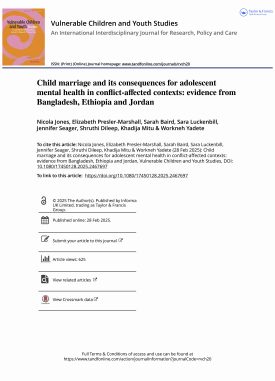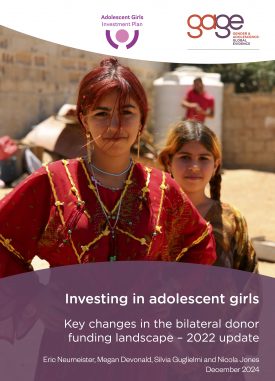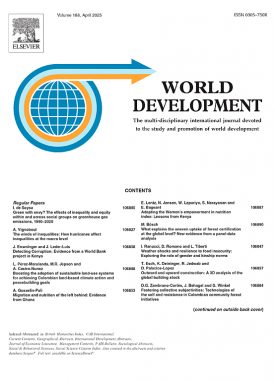The world’s population now includes more than 70 million displaced people, with over three quarters now living in protracted exile. Almost half of these are young people under the age of eighteen, who are undergoing a vital transition through adolescence whilst at the same time having to endure disruptions to their families and communities, truncated educational opportunities, limited options for work, and risks to their physical safety. These experiences are gendered, with the life trajectories and capabilities of adolescent girls particularly likely to be constrained by displacement.
The Sustainable Development Agenda 2030 to ‘leave no one behind’ and its focus on the most marginalised populations offers a key opportunity to engage directly with the challenges facing adolescents in humanitarian contexts. The introduction to this book identifies important gaps in knowledge at the intersection of age, gender and displacement, including the broad lack of gender and age disaggregated data available and the omission of adolescence as point of analysis within research on statelessness and forced migration. We identify the conceptual themes of the subsequent chapters, the methodological approach taken within the research presented in the book and give an overview of the contributions that the authors make to key debates.
Suggested citation:
Jones, N., Pincock, K. and Hamad, B.A. (Eds.). (2021) ‘Leaving no one behind: Exploring the experiences of adolescents in Humanitarian Settings.’ in Jones, N., Pincock, K. and Abu Hamad, B. (eds.) Adolescents in Humanitarian Crisis. Displacement, Gender and Social Inequalities. Oxford: Routledge (https://doi.org/10.4324/9781003167013)


